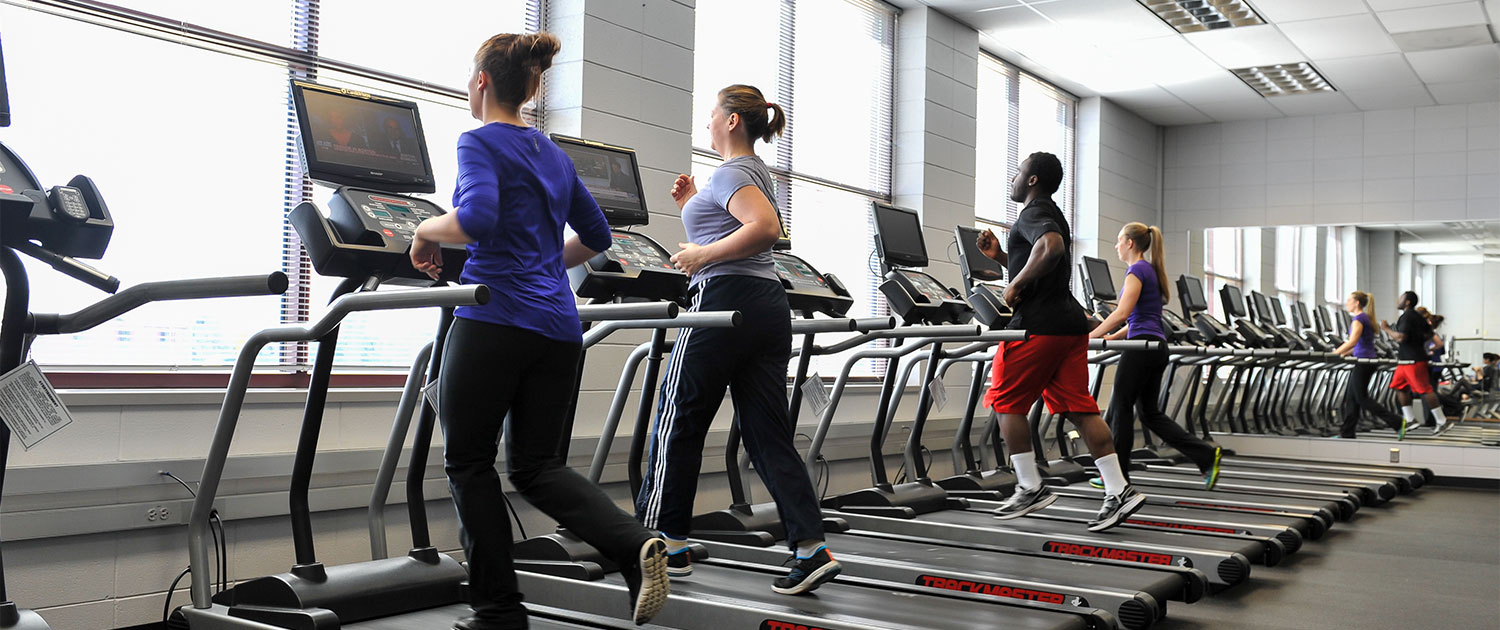This article contains tips on how to implement an accounting software for fitness centres or gym equipment management business.
Fitness is an evergreen business niche that attracts low, middle or high-income customers every day; a growth that is not unconnected to the need to live healthier, longer by burning fats and eating the right diet.
I have a client in this niche whose sales trend is upwardly growing by 40-50% annually, with no sign of slowing down, people walk in to buy a treadmill, sit-up, the bench, dumbbells, stationary bike, and so on. While some of these customers make cash purchases for personal or family use, others request in bulk for their new or emerging fitness business centre. As more money flows into the fitness industry, there is an urgent need for accountants, CFOs and business owners managing gym centres to accurately account for every penny that comes in and flow so that they can easily measure growth in real time; income, expenses, profit or loss, top customers, etc.
This expert guide is focused on helping you automate your accounting system – so, if you are a fitness coach or entrepreneur interested in knowing your numbers, here are implementation steps I explored recently by helping my clients answer the following questions:
These questions are not restricted to the fitness industry, you can use to set up an accounting software for any retail, manufacturing or service business.
- How many gym equipments do I have and what’s their current value? Gym equipments are your most important asset as far as this business is concerned; not because that’s where you invested the most money in but the real cash flows to your bank are actually tied to these assets; hence, we can say they are cash generating unit. The reason customers patronise you is the presence of fitness equipment that can help them accelerate their body fitness.
- In implementing the asset balances, I always request for the list of all the fitness equipment and their current value, based on market price and load them into the fixed asset section of the charts of account. If there is any depreciation (since these assets are subject to wear and tear due to continuous usage), I set up two account heads to monitor the value; accumulated depreciation – to reduce the asset value and depreciation expenses – to set aside a portion of my profit for replacement.
- For new fitness equipment, I added a new account name (under the fixed asset category) and make the necessary entries to record the asset purchase transaction.
- Who is currently owning you? Every fitness centre has a list of customers who are scheduled for different fitness program – while some pay in full, others may opt for instalment or subscription plan. An important area or aspect of customers’ transaction is the receivables – summary of people that owe you money and are yet to pay.
- In implementing the receivable balances, I asked my clients to send a detailed list of all their customers, including their balances as at a conversion date – end of the previous year or as at the end of previous month.
- For customers with credit – advance payment or subscriptions, I enter the balances as a credit so that invoices can be raised on a daily, weekly or monthly basis to write off the portion of the credit enjoyed.
- Also, if you are pay rent, statutory charges; VAT, incur additional business expenses, make or receive cash into your bank accounts, I always create account heads to track each of the transactions under various accounts while checking the report; profit or loss, cash flow, statement of financial position, etc to see the overall company’s performance.
While these are my brief tips on how to easily implement QuickBooks accounting software for your gym or fitness centre, you can also connect with us for more inquiries and questions by sending a mail to info@accountingsoftware.com.ng
We understand that each gym centre may have specific need that’s only tailored to their business, so feel free to request for support and expert help

